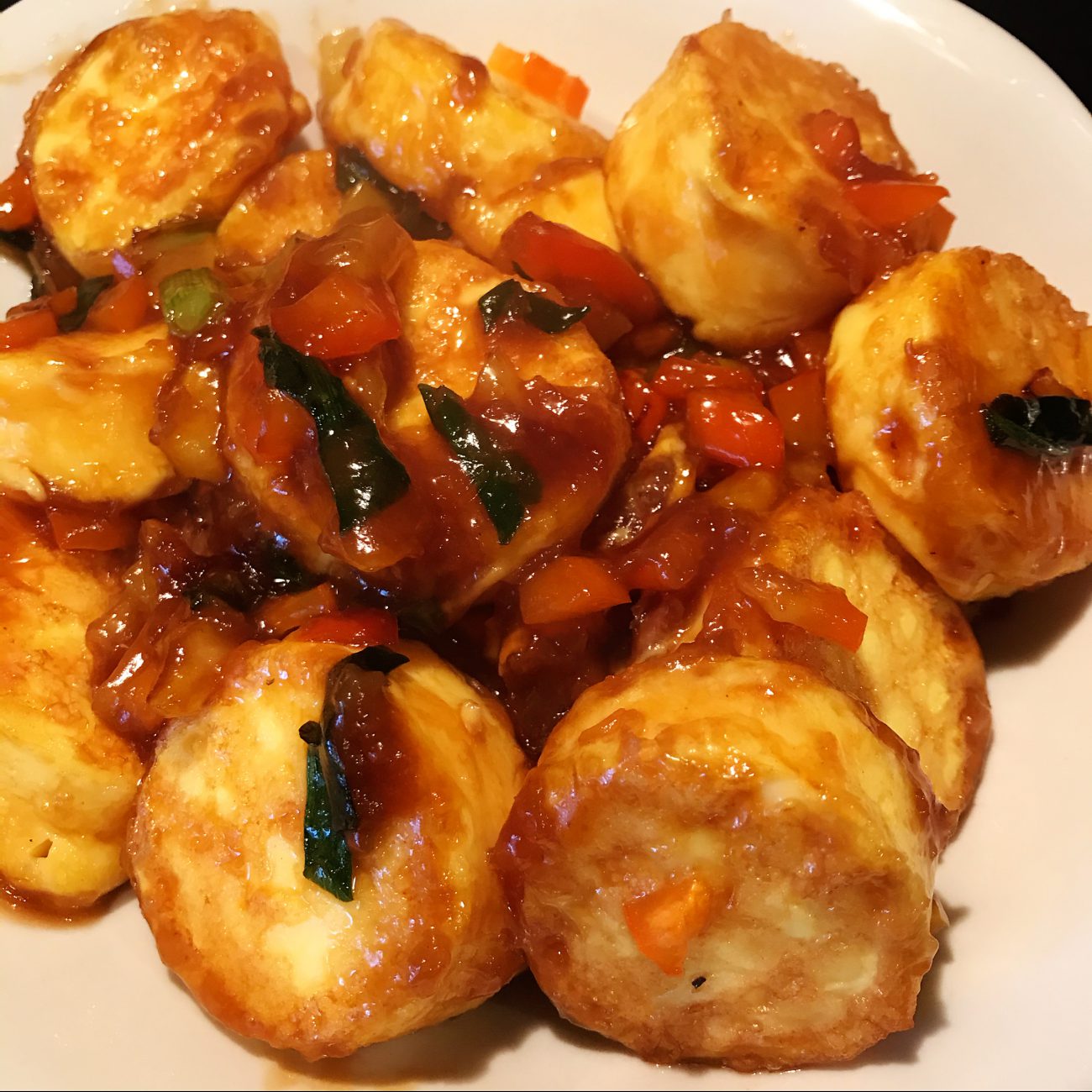Tofu, a versatile and nutritious plant-based protein, has been a culinary cornerstone in East Asia for centuries. From the delicate flavors of Japanese cuisine to the bold spices of Chinese cooking, tofu plays a central role in countless dishes. In this article, we’ll explore the fascinating world of Japanese and Chinese tofu recipes, highlighting their unique ingredients, cooking techniques, and cultural significance.
Tofu’s origins can be traced back to ancient China, where it was first made from soybeans. Over time, tofu spread to Japan and other Asian countries, where it became an integral part of their culinary traditions. Today, tofu is enjoyed worldwide for its versatility, health benefits, and delicious taste.
Japanese Tofu Recipes

Tofu, a staple in Japanese cuisine, holds a rich history and cultural significance. Introduced to Japan from China during the Nara period (710-794 AD), tofu has evolved into a versatile ingredient used in various dishes, from savory soups and stews to delicate desserts.
Traditional Tofu Preparation Methods
In Japan, tofu is traditionally prepared using soybeans, water, and a coagulant such as nigari (magnesium chloride) or gypsum (calcium sulfate). The soybeans are soaked, ground, and boiled to create a slurry, which is then strained to separate the okara (soy pulp) from the soy milk.
The soy milk is then coagulated to form curds, which are pressed into blocks to create tofu.
Variety of Japanese Tofu Recipes
Japanese cuisine offers a wide range of tofu recipes, each with its unique flavor and texture. Some popular dishes include:
| Dish | Ingredients | Cooking Method | Nutritional Information |
|---|---|---|---|
| Miso Soup | Tofu, miso paste, dashi, seaweed, green onions | Simmering | Low in calories, high in protein and fiber |
| Agedashi Tofu | Tofu, cornstarch, vegetable oil | Deep-frying | Crispy exterior, soft interior, high in fat |
| Yakisoba | Tofu, noodles, vegetables, sauce | Stir-frying | Balanced macronutrient profile, high in carbohydrates and protein |
| Tofu Steak | Tofu, marinade, olive oil | Pan-frying | Protein-rich, versatile dish with customizable flavors |
| Goma Dofu | Tofu, sesame seeds, sugar | Blending, chilling | Smooth, creamy texture, high in calcium and protein |
Chinese Tofu Recipes
Chinese tofu recipes differ significantly from their Japanese counterparts in several ways. Firstly, Chinese tofu is typically firmer and denser, resulting in a chewier texture. Secondly, Chinese tofu is often used in savory dishes, while Japanese tofu is commonly employed in sweeter preparations.
Lastly, Chinese tofu recipes frequently incorporate a wider array of seasonings and sauces, creating a more robust flavor profile.
Popular Chinese Tofu Dishes
| Dish | Description |
|---|---|
| Mapo Tofu | A spicy and flavorful dish made with ground pork, tofu, and a spicy sauce. |
| Tofu Stir-Fries | A versatile dish that can be made with a variety of vegetables and sauces. |
| Steamed Tofu with Soy Sauce | A simple yet delicious dish that showcases the natural flavor of tofu. |
Health Benefits of Tofu in Chinese Cuisine
Tofu is an excellent source of protein, iron, and calcium. It is also low in calories and fat, making it a healthy choice for people of all ages. In Chinese cuisine, tofu is often used as a meat substitute, providing a plant-based alternative to traditional animal products.
Tofu in Asian Cuisine
Beyond Japan and China, tofu holds a significant place in various Asian cuisines, each imparting unique flavors and textures to this versatile ingredient.
Tofu in Korean Cuisine
In Korea, tofu is known as dubu and is often used in soups, stews, and bibimbap. Sundubu jjigae, a spicy tofu stew, is a popular dish featuring silken tofu in a broth made with gochujang (Korean chili paste).
Tofu in Thai Cuisine
In Thailand, tofu is called taohu and is commonly found in curries, stir-fries, and salads. Pad Thai, a well-known dish, includes firm tofu cut into small cubes, adding a chewy texture to the noodles and vegetables.
Tofu in Vietnamese Cuisine
In Vietnam, tofu is known as đậu hũ and is used in a variety of dishes, including soups, salads, and spring rolls. Cha ca, a grilled fish dish from Hanoi, features turmeric-marinated tofu as a key ingredient.
Conclusion

The culinary journey of tofu in East Asia is a testament to the creativity and innovation of these cultures. Japanese and Chinese tofu recipes offer a wide range of flavors, textures, and health benefits, making them a valuable addition to any cuisine.
Whether you’re a seasoned tofu enthusiast or a curious newcomer, we encourage you to explore the delectable world of Japanese and Chinese tofu dishes.
Questions and Answers
What are the key differences between Japanese and Chinese tofu recipes?
Japanese tofu recipes often emphasize delicate flavors and subtle textures, while Chinese tofu dishes are known for their bold spices and robust flavors. Japanese tofu is typically softer and milder in taste, while Chinese tofu is firmer and has a more pronounced beany flavor.
What are some popular Japanese tofu dishes?
Some popular Japanese tofu dishes include miso soup, agedashi tofu, and tofu steak. Miso soup is a comforting broth-based soup made with tofu, miso paste, and seaweed. Agedashi tofu is a deep-fried tofu dish served with a light sauce made from soy sauce, mirin, and dashi.
Tofu steak is a pan-fried tofu dish that is often served with a teriyaki sauce.
What are some popular Chinese tofu dishes?
Some popular Chinese tofu dishes include mapo tofu, tofu stir-fries, and tofu hot pot. Mapo tofu is a spicy Sichuan dish made with tofu, ground pork, and a spicy sauce made from chili oil, fermented bean paste, and Sichuan peppercorns.
Tofu stir-fries are a quick and easy way to cook tofu, and can be made with a variety of vegetables and sauces. Tofu hot pot is a communal dish that is cooked and eaten in a hot pot.
